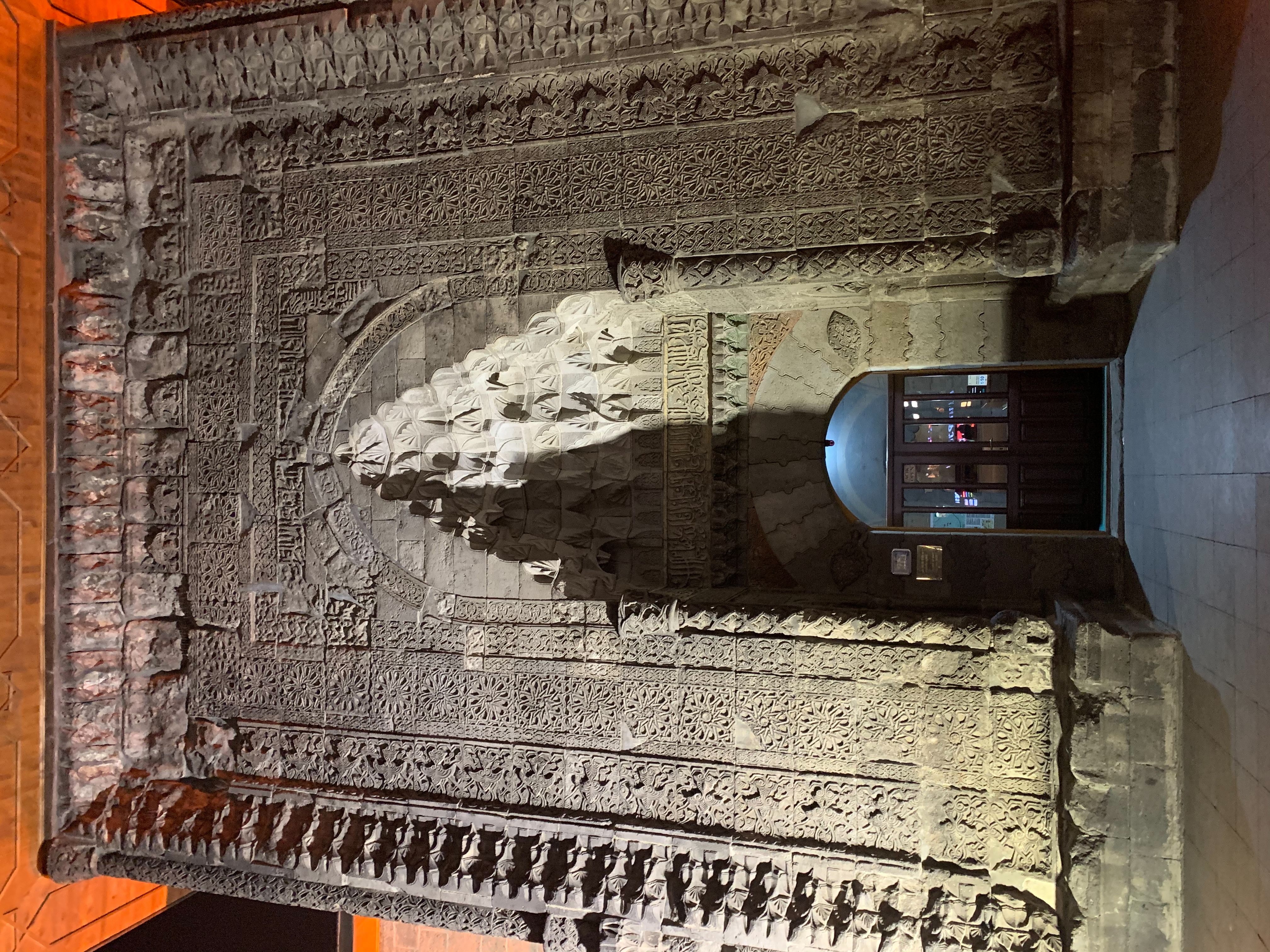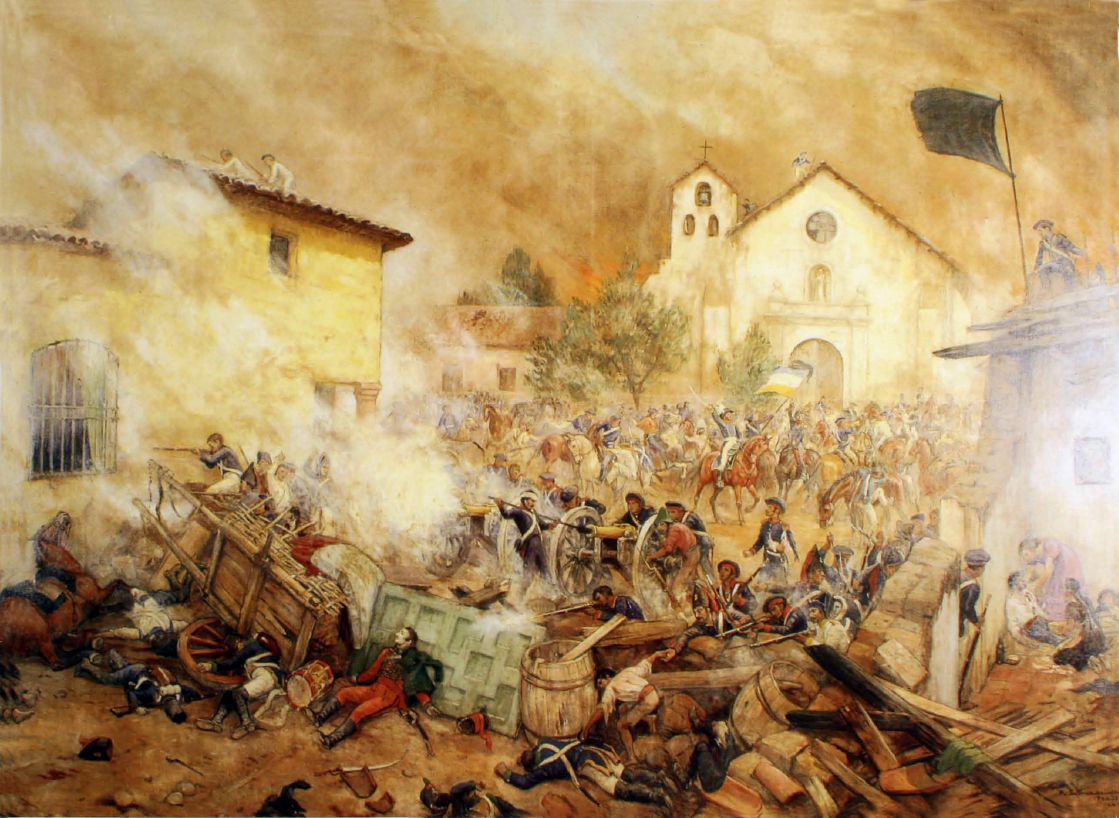|
Sökmen II
Nāṣir al-Dīn Sökmen II (died 1185) was the '' Shāh-i Arman'', the ruler of the Turkoman principality centred on Ahlat, from 1128 until his death. He married Shāhbānū, daughter of ′Izz al-Dīn Saltuq II, ruler of the Saltukids of Erzurum. He and his wife both engaged in major building projects that brought the Shāh-i Armanid state to its zenith. In 1164, Shāhbānū rebuilt the ruined citadel of Ahlat and the roads leading into the city, replaced the old wooden bridges with new stone ones and constructed large new inns inside the city. She employed an engineer named Qaraqush, who completed the massive construction project in only a few months. None of these works have been survived, all being destroyed after the siege of Ahlat in 1229–30, when the '' Khwarazmshah'' Jalāl al-Dīn captured the city. Sökmen founded a city, Sukmānābād, named after himself. It lay west of Khoy on the caravan route between Ahlat and Tabriz Tabriz (; ) is a city in the Central D ... [...More Info...] [...Related Items...] OR: [Wikipedia] [Google] [Baidu] |
Shah-Armens
The Shah-ArmensClifford Edmund Bosworth "The New Islamic Dynasties: A Chronological and Genealogical Manual". Article «The Shâh-i Armanids», p. 197. (lit. 'Kings of Armenia', ), also known as Ahlatshahs (lit. 'Rulers of Ahlat', ) or Begtimurids, was a Turkoman Sunni Muslim Anatolian beylik of the Seljuk Empire, founded after the Battle of Manzikert (1071) and centred in Ahlat on the northwestern shore of the Lake Van. This region comprised most of modern-day Bitlis and Van, and parts of Muş provinces. History The dynasty is sometimes also called ''Sökmenli'' in reference to the founder of the principality, Sökmen el-Kutbî, literally "Sökmen the Slave", one of the commanders of the Alp Arslan. The Ahlatshah Sökmenli should not be confused with the Sökmen, which ruled in Hasankeyf during approximately the same period. Another title Sökmen and his descendants assumed, as heirs to the local Armenian princes according to Clifford Edmund Bosworth, was the Persian title '' ... [...More Info...] [...Related Items...] OR: [Wikipedia] [Google] [Baidu] |
Turkoman (ethnonym)
Turkoman, also known as Turcoman (), was a term for the people of Oghuz Turkic origin, widely used during the Middle Ages. Oghuz Turks were a western Turkic people that, in the 8th century A.D, formed a tribal confederation in an area between the Aral and Caspian seas in Central Asia, and spoke the Oghuz branch of the Turkic language family. Today, much of the populations of Turkey, Azerbaijan and Turkmenistan are descendants of Oghuz Turks. ''Turkmen'', originally an exonym, dates from the High Middle Ages, along with the ancient and familiar name " Turk" (), and tribal names such as " Bayat", " Bayandur", " Afshar", and " Kayi". By the 10th century, Islamic sources were referring to Oghuz Turks as Muslim Turkmens, as opposed to Tengrist or Buddhist Turks. It entered into the usage of the Western world through the Byzantines in the 12th century, since by that time Oghuz Turks were overwhelmingly Muslim. Later, the term "Oghuz" was gradually supplanted by "Turkmen" among Og ... [...More Info...] [...Related Items...] OR: [Wikipedia] [Google] [Baidu] |
Ahlat
Ahlat (; ) is a town in Turkey's Bitlis Province in Eastern Anatolia Region. It is the seat of Ahlat District.İlçe Belediyesi , Turkey Civil Administration Departments Inventory. Retrieved 30 January 2023. The town had a population of 27,563 in 2021. The town of Ahlat is situated on the northwestern shore of . The mayor is Abdulalim Mümtaz Çoban ( AKP). History Ahlat, known by its Armenian name of Khlat or Chliat in the ancient and medieval period, was once a part of the district of[...More Info...] [...Related Items...] OR: [Wikipedia] [Google] [Baidu] |
Saltuk II
Saltuk II (İzzettin Saltuk) was a bey of Saltukids in the 12th century. Background After Alp Arslan of Seljukids defeated the Byzantine army in the battle of Manzikert in 1071, a series of Turkmen beyliks (kingdoms) were formed in Anatolia before Anatolia was united by the Sultanate of Rum. Saltukids was one of them. Its capital was Erzurum. Saltuk II was the fourth Sultan of this Saltukids. Plot Saltuk became the bey after the death of his uncle Ziyaeddin in 1132. He formed family relations with the other Turkmen beyliks around Erzurum. However, when Fakr al-Din Shaddad, a Shaddadid emir of Ani asked for Saltuk's daughter's hand Saltuk refused him. This caused a deep hatred in Şeddat towards Saltuk. In 1154 he planned a plot and formed a secret alliance with the Demetrius I of Georgia. While a Georgian army waited in ambush, he invited Saltuk to Ani with the pretext of selling the fort to Saltukids. Saltuk was taken prisoner by the Georgians. After ransom was paid by ... [...More Info...] [...Related Items...] OR: [Wikipedia] [Google] [Baidu] |
Saltukids
The Saltukids or Saltuqids ( Modern Turkish: ''Saltuklu Beyliği'') were a dynasty ruling one of the Anatolian beyliks of the Seljuk Empire, founded after the Battle of Manzikert (1071) and centered on Erzurum. The Saltukids ruled between 1071 and 1202. The beylik was founded by Emir Saltuk, one of the Turkmen commanders of the Great Seljuk Alp Arslan. The beylik fought frequently against the Georgian Kingdom for hegemony of the Kars region. The center of the beylik, Erzurum, was briefly re-occupied by the Byzantine Empire between 1077 and 1079, and was besieged by the Georgian King Giorgi III in 1184. It comprised the entirety of present-day Erzurum and Bayburt provinces, lands east of Erzincan, most of Kars, and lands north of Ağrı and Muş provinces during its height. Origin The first known Saltukid is Ali, who was ruler of Erzurum in 1103. His son and successor was Saltuk, who succeeded him sometime after 1123. Saltuk had a female relative, a daughter or sister, ... [...More Info...] [...Related Items...] OR: [Wikipedia] [Google] [Baidu] |
Erzurum
Erzurum (; ) is a List of cities in Turkey, city in eastern Anatolia, Turkey. It is the largest city and capital of Erzurum Province and is 1,900 meters (6,233 feet) above sea level. Erzurum had a population of 367,250 in 2010. It is the site of ancient Theodosiopolis. The city uses the double-headed eagle as its coat-of-arms, a motif that has been a common symbol throughout Anatolia since the Bronze Age. Erzurum has winter sports facilities, hosted the 2011 Winter Universiade, and the 2023 Winter Deaflympics (in March 2024). Name and etymology The city was originally known in Armenian language, Armenian as Karno K'aghak' (), meaning city of Karin, to distinguish it from the district of Karin (wikt:Կարին, Կարին). It is presumed its name was derived from a local tribe called the Karenitis. Darbinian, M. "Erzurum," Armenian Soviet Encyclopedia. Yerevan: Armenian Academy of Sciences, 1978, vol. 4, p. 93. An alternate theory contends that a local princely family, the Kams ... [...More Info...] [...Related Items...] OR: [Wikipedia] [Google] [Baidu] |
Siege Of Ahlat
A siege () . is a military blockade of a city, or fortress, with the intent of conquering by attrition, or by well-prepared assault. Siege warfare (also called siegecrafts or poliorcetics) is a form of constant, low-intensity conflict characterized by one party holding a strong, static, defensive position. Consequently, an opportunity for negotiation between combatants is common, as proximity and fluctuating advantage can encourage diplomacy. A siege occurs when an attacker encounters a city or fortress that cannot be easily taken by a quick assault, and which refuses to surrender (military), surrender. Sieges involve surrounding the target to block provision of supplies and reinforcement or escape of troops (a tactic known as "investment (military), investment"). This is typically coupled with attempts to reduce the fortifications by means of siege engines, artillery bombardment, mining (military), mining (also known as sapping), or the use of deception or treachery to bypass ... [...More Info...] [...Related Items...] OR: [Wikipedia] [Google] [Baidu] |
Khwarazmshah
Khwarazmshah was an ancient title used regularly by the rulers of the Central Asian region of Khwarazm starting from the Late Antiquity until the advent of the Mongols in the early 13th-century, after which it was used infrequently. There were a total of four families who ruled as Khwarazmshahs—the Afrighids (305–995), Ma'munids The Maʾmunids () were an independent dynasty of Iranian rulers in Khwarazm. Their reign was short-lived (995–1017), and they were in turn replaced by the expansionist Ghaznavids. History The ancient Iranian kingdom of Khwarazm had been ruled ... (995–1017), the line of Altuntash (1017–1041), and the most prominent ones, the Anushtegin dynasty, Anushteginids (1097–1231). Like other contemporary Central Asian titles, such as ''Afshin'' and ''Ikhshid'', the title of Khwarazmshah is of Iranian languages, Iranian origin. History Afrighids Most of Afrighid history was recorded by the Khwarazmian scholar al-Biruni (died 1050), whose reliabili ... [...More Info...] [...Related Items...] OR: [Wikipedia] [Google] [Baidu] |


